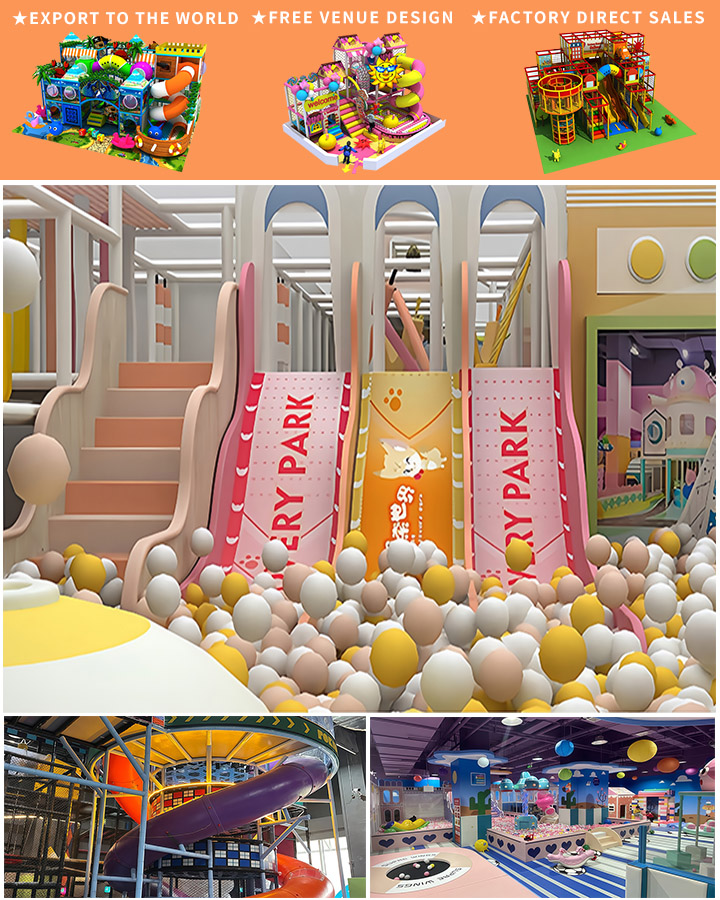In today’s world, where outdoor playtime can be limited by weather conditions or safety concerns, creating an engaging and safe indoor playground for kids is becoming increasingly popular. An indoor play center equipped with a variety of sports and play equipment can provide endless hours of fun, physical activity, and social interaction for children. In this article, we will explore the essential components and considerations for setting up an exciting indoor playground that caters to children’s needs and interests.
The Importance of Indoor Play Centers for Kids
Indoor play centers are invaluable for several reasons:
- Physical Activity: They promote physical fitness and healthy lifestyles by encouraging regular exercise in a safe environment.
- Social Skills: These centers offer opportunities for children to interact with their peers, fostering teamwork, communication, and social development.
- Mental Health: Engaging in various activities helps reduce stress and can improve mental well-being.
- Creativity and Imagination: Activities such as climbing walls, slides, and obstacle courses stimulate imagination and problem-solving skills.
Essential Indoor Playground Equipment for Children
When planning an indoor play center, it’s crucial to include a mix of equipment that caters to different age groups and interests. Here are some must-haves:

1. Trampoline Parks
Trampolines are a fantastic source of fun and exercise. They come in various sizes and can be combined into larger parks or used individually. Safety nets and padded surfaces are essential to prevent injuries.
2. Climbing Walls and Ropes Courses
Indoor climbing walls and ropes courses challenge children’s strength, balance, and coordination. These features can be tailored to different skill levels, making them suitable for a wide range of ages.
3. Slides and Ball Pools
Slides provide classic fun, and ball pools offer a sensory-rich environment for kids to explore. Both encourage movement and can be incorporated into more complex structures like multi-level play areas.
4. Obstacle Courses
Incorporating obstacle courses can add an element of adventure and excitement. These can be designed with tunnels, balance beams, and other elements to test agility and endurance.
5. Interactive Games and Arcades
For a more relaxed but equally engaging experience, interactive video games and arcade setups can be included. These provide mental stimulation and a break from physical activities.
Design Considerations for an Indoor Play Center
To ensure the success of an indoor playground, consider the following design aspects:
1. Safety First
All equipment should meet safety standards and be regularly inspected for wear and tear. Soft flooring materials should be used to cushion falls.
2. Age-Appropriate Areas
Different zones can be designated for various age groups, ensuring that older children have challenging activities while younger ones have safer, simpler options.
3. Themed Sections
Adding themed sections, such as a pirate ship, jungle gym, or space station, can enhance the overall experience and make the center more appealing to children.
4. Parental Comfort
Including seating areas and clear sight lines for parents allows guardians to relax while keeping an eye on their children. Additionally, providing amenities like restrooms and refreshment areas can make visits more comfortable.
Conclusion
An indoor play center equipped with a variety of sports and play equipment can be a haven for children, offering physical activity, social interaction, and imaginative play all year round. By considering safety, age-appropriateness, and engaging themes, you can create an environment that is both enjoyable and beneficial for kids of all ages. So why wait? Start planning your ultimate indoor playground today!




